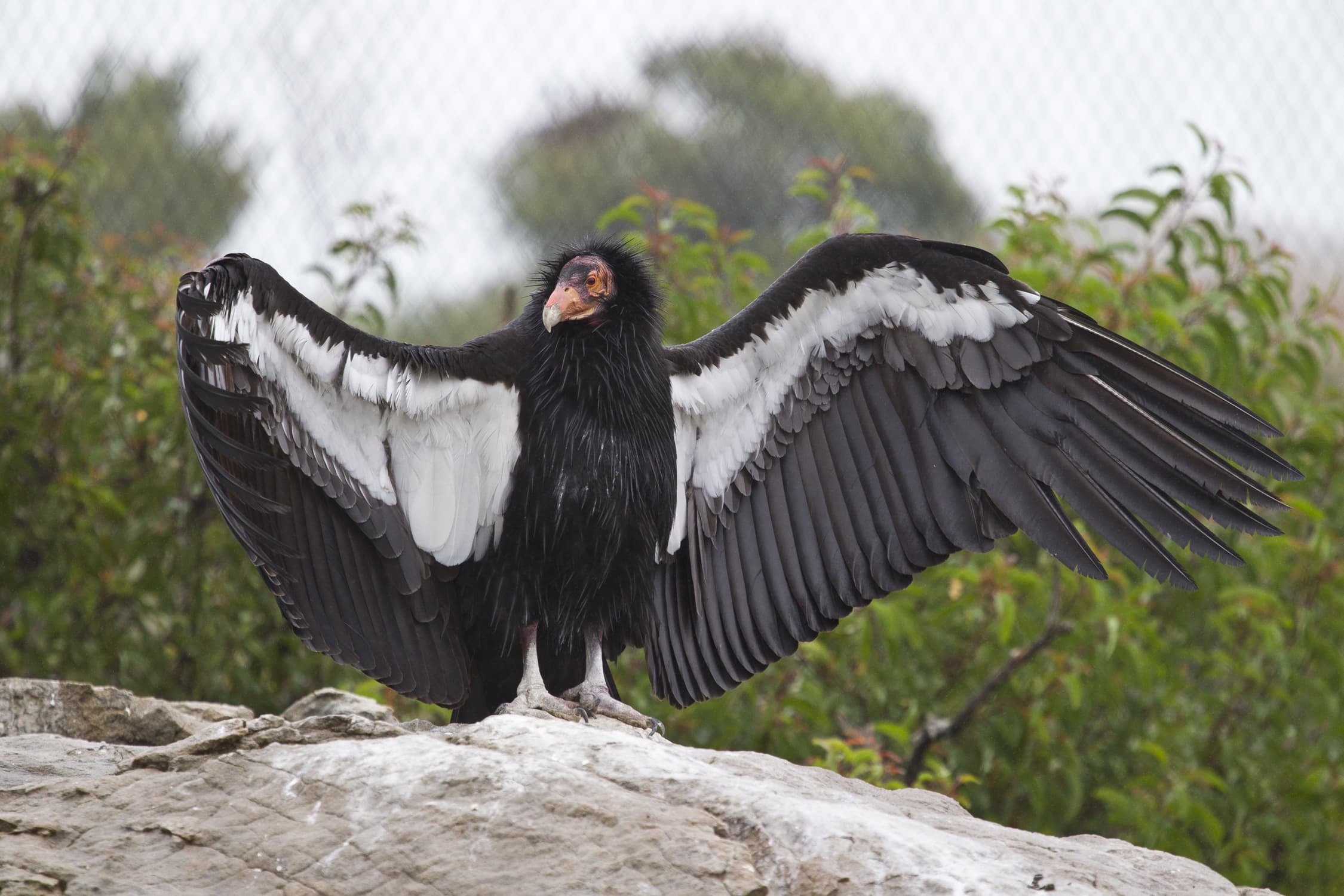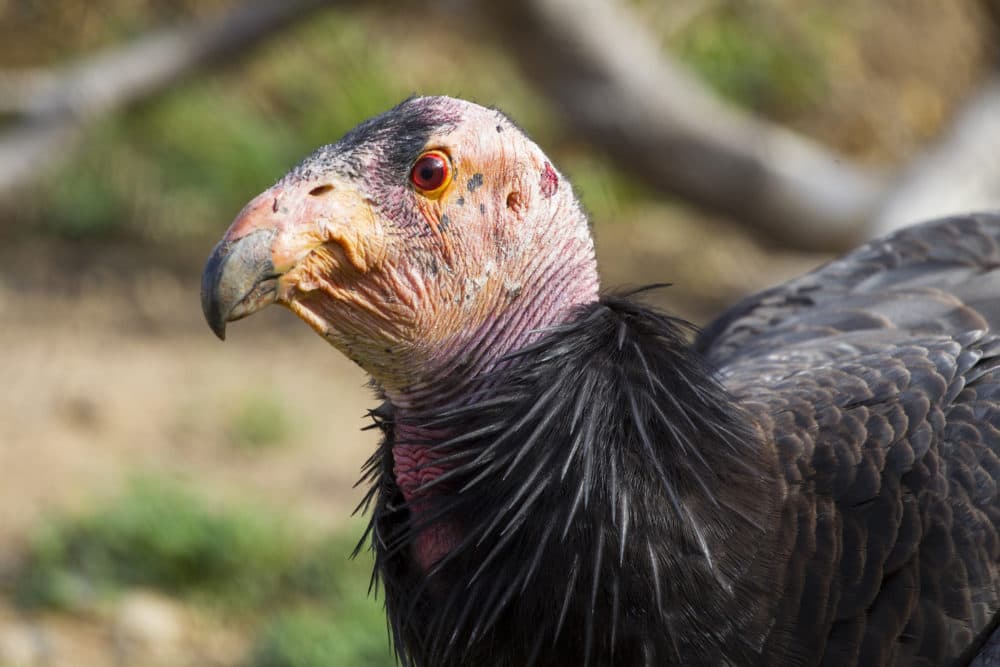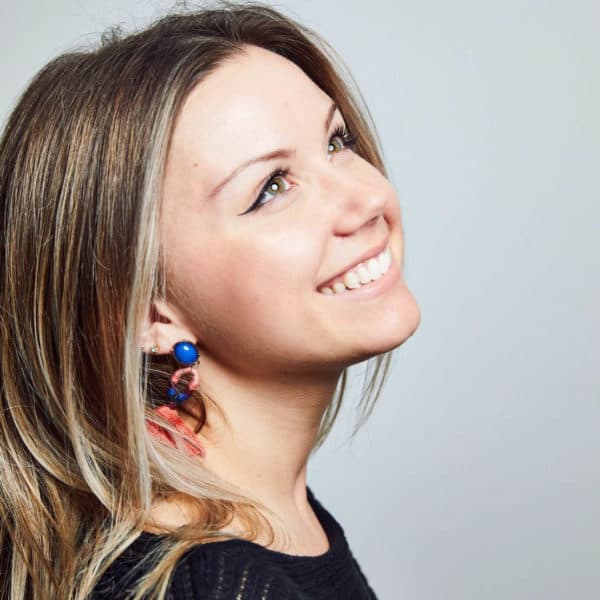Advertisement
2 California condor chicks hatch from unfertilized eggs, fascinating scientists

A story about California condors is captivating scientists.
These endangered birds were nearly extinct in 1983. Their population was down to just 22.
Since then, biologists have carefully bred condors in captivity, keeping track of who fathered whom. But scientists at San Diego Zoo Wildlife Alliance's managed breeding program recently reported that they discovered two chicks were hatched without any genetic input from a male.
In normal reproduction of vertebrate animals, offspring receive one copy of chromosomes from the mother, one from the father. But when scientists looked closely at the chromosomes in genetic samplings of the two chicks, it became evident the male involved with the female who laid the egg couldn’t have been the father, says Oliver Ryder, director of conservation genetics at the alliance.
This was despite the fact the pair had reproduced before and the male was fertile.

“Those chicks are genetically uniform from their mother's chromosomes. They picked one copy and it was duplicated,” he says. “So they have no paternal contribution.”
This finding told scientists that the chicks were produced by parthenogenetic development, when an egg can develop into an embryo without being fertilized by a sperm. Parthenogenetic development — a natural form of asexual reproduction — can happen in other species, but these condor chicks marked the first time it was proven in a wild bird species where the male and female were housed together instead of separately.
The “robust” data they had on the birds to prove it made the conclusion “inescapable,” he says.
For Ryder, the discovery was an “aha” moment. “I still get goosebumps when I think about it,” he says.
The scientists didn’t expect this outcome, he says, so the finding was met with “a startling understanding, insight [and] appreciation.”
Advertisement
The two condor chicks didn’t live long lives and died before reproducing. Armed with only two cases of parthenogenetic development, Ryder says it’s difficult for scientists to draw any generalizations. However, the team is looking closely for future cases.
The findings would never have been made if California condors went extinct. Because they’ve been preserved, geneticists have comprehensive sets of information and samples at their fingertips about the birds since the founding population was brought out of the wild to be saved, he says.
“This is a really unprecedented set of genetic information and genealogical profiles that will be useful for managing the popular sustainability of California condor populations and ensuring the preservation of their gene pool,” he says.
These magnificent “creatures of the wind” are equipped with sharp vision and can fly hundreds of miles without flapping their wings, he explains. Flying at high altitudes, Ryder jokes the birds — so big they make a “whooshing” noise when they fly around — can be mistaken for airplanes.
Devan Schwartz produced and edited this interview for broadcast with Todd Mundt. Serena McMahon adapted it for the web.
This segment aired on November 4, 2021.

